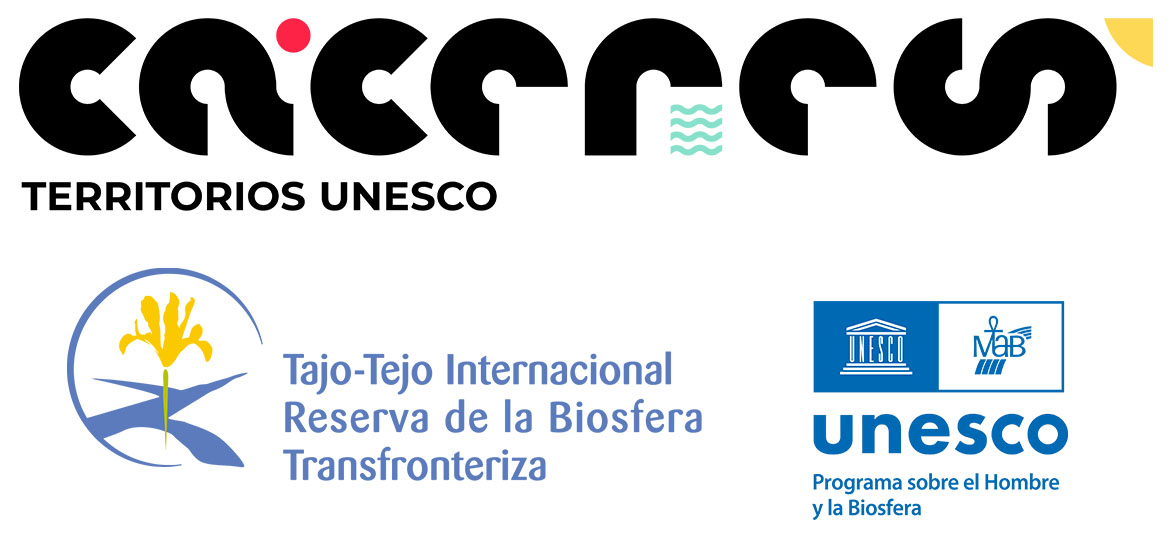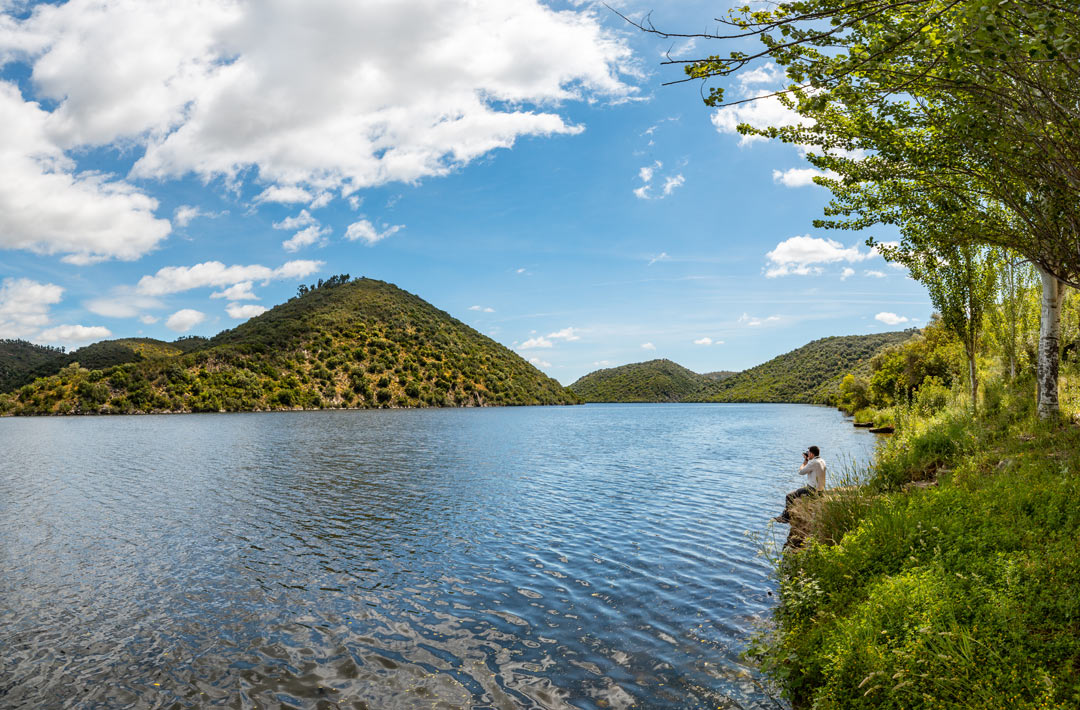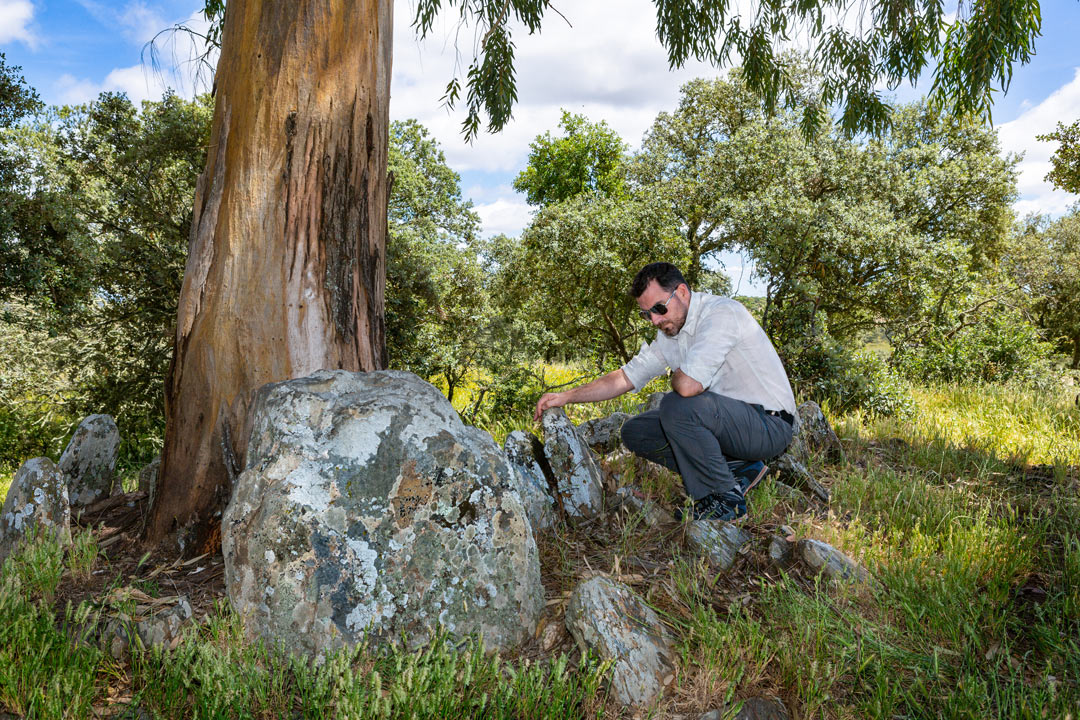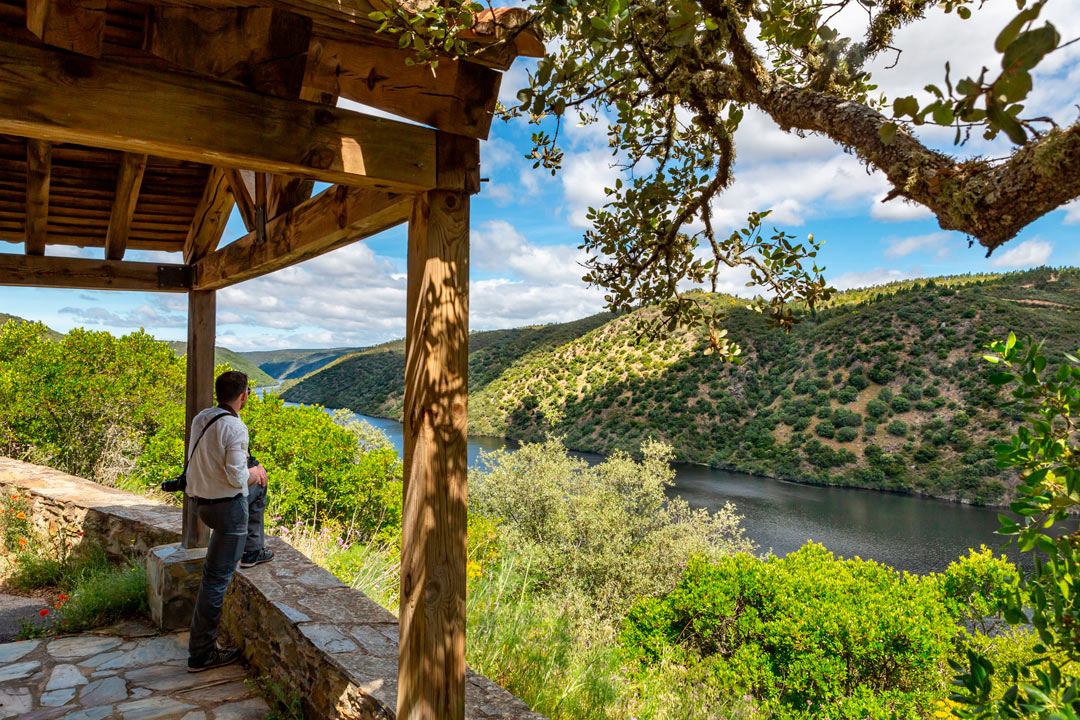Herrera de Alcántara
History and nature to let yourself go
Contact
Herrera de Alcántara Town Hall
Santo Domingo, 17
10512 Herrera de Alcántara, Cáceres (Extremadura)
927 591 006
Fax: 927 59 11 04
www.herreradealcantara.es
Herrera de Alcántara is situated in the heart of the Tajo Internacional Biosphere Reserve, halfway between Cedillo and Santiago de Alcántara, on a hillock surrounded by the Aurela Stream and the Tajo, Sever, and Alburrel rivers. The name of the municipality may come from a smithy (herrería) which existed there from the 11th century, where it is said that the grilles of the Cathedral of Santiago de Compostela were forged.
This territory was occupied firstly by the Romans and subsequently by the Christians in about 1167 when they snatched it from the Arabs, but in much earlier times it was also inhabited by other peoples. This is clear from the age-old dolmens which survive in the municipality. In the 15th century it became a Free Town belonging to the Order of Alcántara until it gained its independence and created its own identity; in the 17th century however during the wars with Portugal the fortification of Herrera de Alcántara was razed to the ground. An important aspect of the history and economy of this village is that it had a river port on the Tajo from where merchandise left for England via Lisbon even in the 18th century. Today one of the jetties of the river route of the ‘Balcón del Tajo’ boat is located here.
Curious fact: The contribution of Herrera de Alcántara to the Conquest of America was a modest one as only five inhabitants of this village left for the American continent. Even so one of them, Gonzalo Silvestre, was immortalised in the pages of literary history as he was the narrator of “La Florida del Inca” which was written by the author Gómez Suárez de Figueroa (later to be known as Garcilaso de la Vega or El Inca). Silvestre had taken part in the expedition into North American territory with Hernando de Soto and subsequently in the conquest of Peru, where he met Garcilaso de la Vega.
The locality is perfect for nature lovers and birdwatchers. It has a Special Bird Protection Area (Zona de Especial Protección para las Aves, ZEPA) known as ‘River Tajo Internacional and Banks’ where black storks, griffon vultures, and eagles can be seen together with kingfishers and otters in the rivers and brooks.
Pay attention to the local speech, as Herrera de Alcántara is one of the four villages in Extremadura to have had Portuguese as its mother tongue. Despite the fact that its use has gradually declined over the years, there are still people here who speak an archaic Portuguese dialect.
You can’t leave without seeing…
There are various series of dolmens in the area: those of Cerro Caldera, Bodegas, El Sesmo, Vereda, and Solana. Only remains of the dolmens can be seen today as they are of slate which is a very fragile stone and therefore very hard to preserve.
This curious bridge of slate has not been precisely dated but it must be age-old and is perhaps of Celtic origin. It is built of stone slabs and was formerly used to link the villages of Herrera de Alcántara and Cedillo.
Its name is also given to a hiking route officially approved by the Spanish Federation of Mountain Sports (Federación Española de Deportes de Montaña y Escalada, FEDME): ‘SL-CC 136’. This route starts on the road to the River Tajo, passes the fountain known as the Fuente de la Pizarra (which dates from the year 1400), the stepping stones, the El Cotillo Trail, La Gándara, and finally the Puente Viejo del Cabrioso.
There are three viewpoints in the vicinity: that of Negrales, that of El Rocho, and that of the Tajo.
Thanks to them and their outstanding locations and environment, it is easy to observe a large number of birds of prey while enjoying the spectacular panoramic views. The Negrales Viewpoint is also included on another hiking route officially approved by the FEDME of average difficulty. It also passes the River Tajo and has a length of 8.4 km; it can be walked in about 2 hours.





